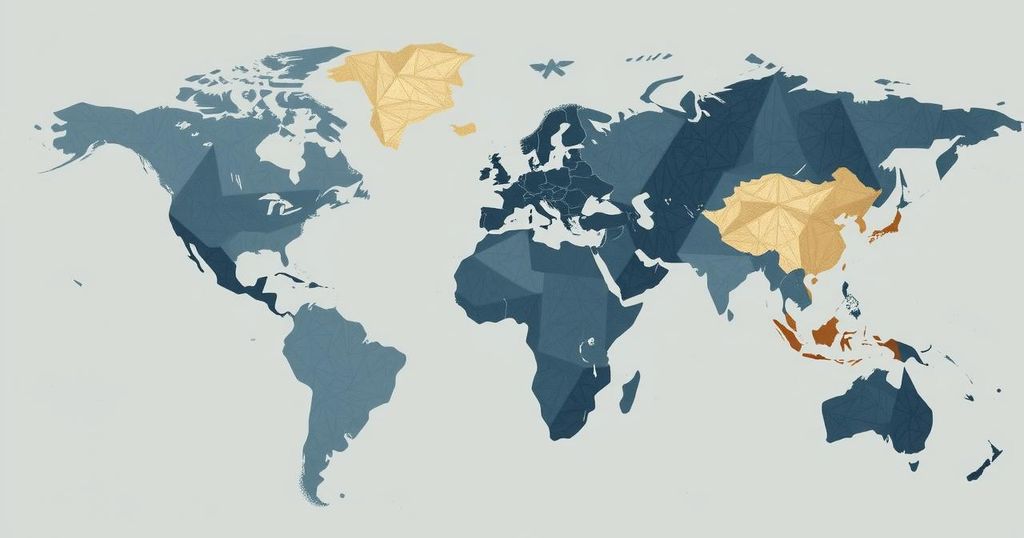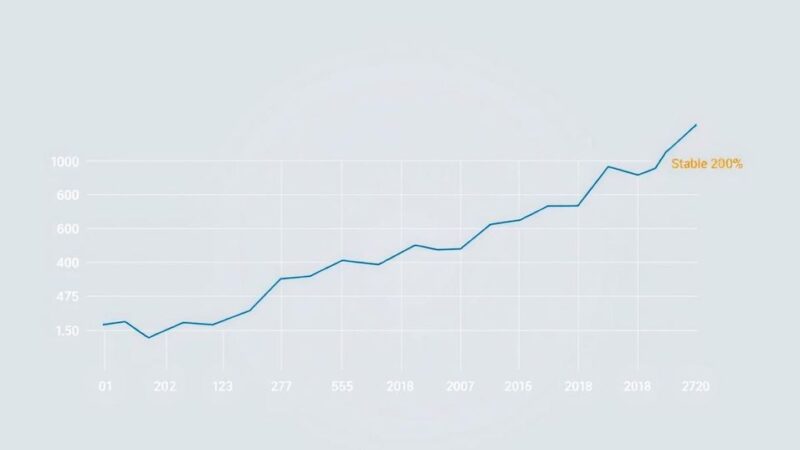Iran is likely to reject a US nuclear proposal demanding uranium enrichment freeze. This follows multiple rounds of discussions. Market reactions show gold prices rising, reflecting investor sentiment amid geopolitical tensions. Understanding risk-on and risk-off sentiments can help navigate these fluctuations.
Iran is set to reject a US proposal regarding its nuclear program, according to a statement made by a senior Iranian diplomat on Monday. The proposal, which calls for Iran to halt uranium enrichment within its borders, has sparked significant discontent. This development follows a series of discussions—five rounds to be exact—between Iranian Foreign Minister Abbas Araqchi and US Special Envoy to the Middle East, Steve Witkoff.
The Iranian diplomat’s remarks suggest that the response being drafted is likely negative and seen as a clear rejection of the US offer. “Iran is drafting a negative response to the US proposal, which could be interpreted as a rejection of the US offer,” the diplomat pointed out, highlighting ongoing tensions in the nuclear discussions.
Meanwhile, the market appears to be reacting to these developments. As of writing, the price of gold (XAU/USD) is experiencing a slight uptick, trading 0.12% higher at $3,385. Economic indicators like these often tie back to sentiments surrounding geopolitical negotiations, especially concerning Iran’s nuclear stance.
In financial terms, there’s a lot of talk about risk sentiment—the terms “risk-on” and “risk-off” are commonly used to describe how investors feel about the market. In a “risk-on” climate, investors tend to be more optimistic and purchase riskier assets. Conversely, in a “risk-off” situation, they look to protect their investments, often moving toward safer options like gold or government bonds.
Typically, during risk-on periods, the stock markets tend to soar, other commodities generally gain value—sometimes except for gold. Currencies linked to heavy commodity exporters like the Australian Dollar and the New Zealand Dollar usually strengthen, reflecting a bright outlook. However, in risk-off periods, safe-haven currencies like the US Dollar, Japanese Yen, and Swiss Franc generally see gains, proving their appeal as solid bets in turbulent times.
Now, looking at specifics, the Australian (AUD), Canadian (CAD), and New Zealand Dollar (NZD) typically thrive in risk-on settings. The reliance of these economies on commodity exports often reinforces their performance, particularly when investors anticipate heightened demand for raw materials due to economic upticks.
Contrastingly, the US Dollar, Japanese Yen, and Swiss Franc benefit in risk-off environments. The US Dollar’s status as the world’s reserve currency adds appeal, especially when crisis strikes and investors flock to US government debt, viewed as safe. Similarly, the Japanese Yen remains popular due to its strong domestic bond market while the Swiss Franc offers capital protection through its rigorous banking laws.
In light of these discussions and market reactions, it’s crucial for investors to approach the information cautiously. Forward-looking statements come with inherent risks, and all claims should be regarded with scrutiny. As a reminder, the content here is meant for informational purposes and does not constitute investment advice. Investors are urged to conduct thorough research before making any financial decisions.
The situation with Iran’s nuclear proposal reinforces ongoing tensions between the US and Iran. As Iran prepares to reject the proposal, market dynamics, particularly in gold, reflect the anxieties surrounding geopolitical developments. Meanwhile, understanding the risk sentiment indicators is key, affecting currencies and commodities across the board. This complex interplay of geopolitical events and market reactions highlights the need for investors to stay informed and exercise caution.
Original Source: www.fxstreet.com






